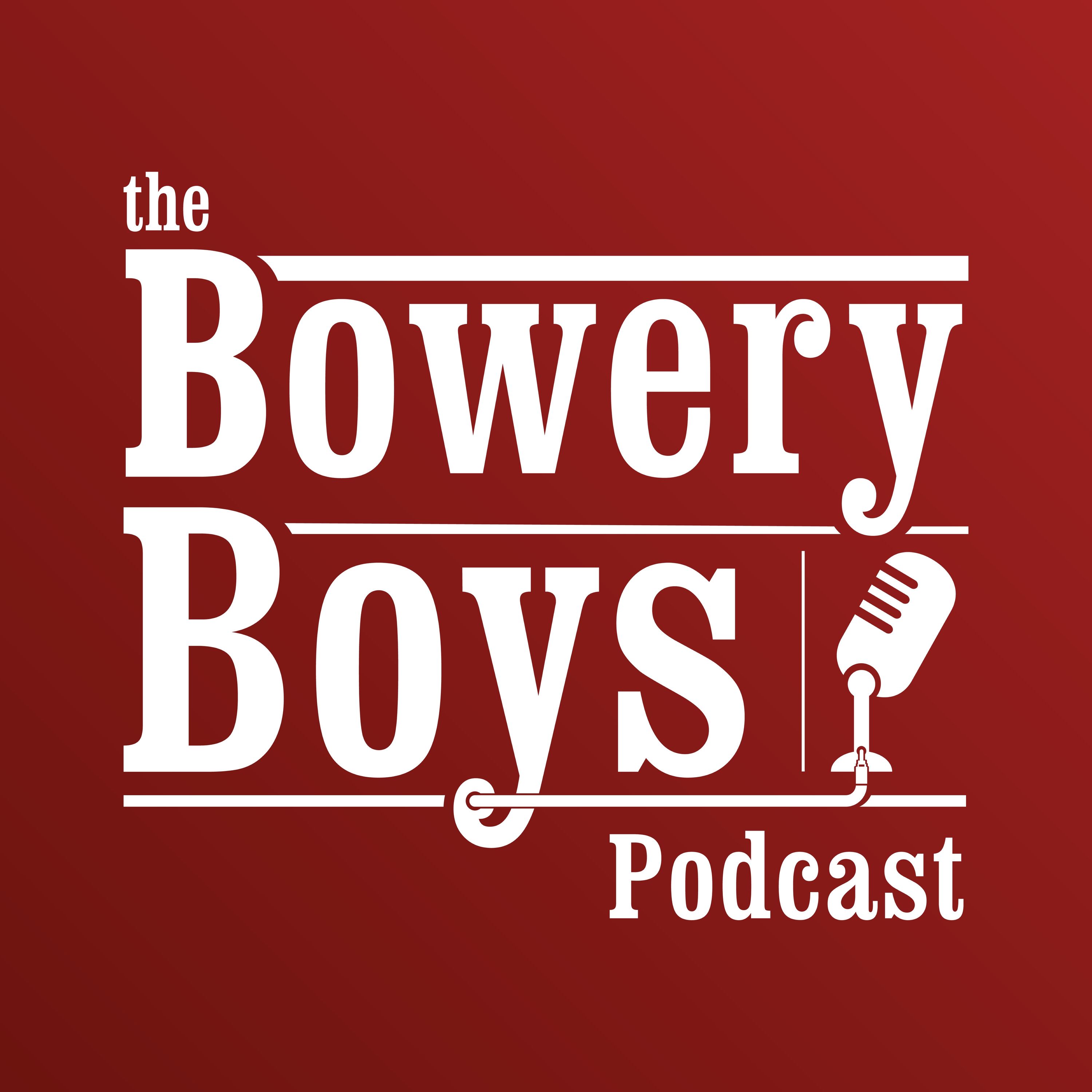- After-Shows
- Alternative
- Animals
- Animation
- Arts
- Astronomy
- Automotive
- Aviation
- Baseball
- Basketball
- Beauty
- Books
- Buddhism
- Business
- Careers
- Chemistry
- Christianity
- Climate
- Comedy
- Commentary
- Courses
- Crafts
- Cricket
- Cryptocurrency
- Culture
- Daily
- Design
- Documentary
- Drama
- Earth
- Education
- Entertainment
- Entrepreneurship
- Family
- Fantasy
- Fashion
- Fiction
- Film
- Fitness
- Food
- Football
- Games
- Garden
- Golf
- Government
- Health
- Hinduism
- History
- Hobbies
- Hockey
- Home
- How-To
- Improv
- Interviews
- Investing
- Islam
- Journals
- Judaism
- Kids
- Language
- Learning
- Leisure
- Life
- Management
- Manga
- Marketing
- Mathematics
- Medicine
- Mental
- Music
- Natural
- Nature
- News
- Non-Profit
- Nutrition
- Parenting
- Performing
- Personal
- Pets
- Philosophy
- Physics
- Places
- Politics
- Relationships
- Religion
- Reviews
- Role-Playing
- Rugby
- Running
- Science
- Self-Improvement
- Sexuality
- Soccer
- Social
- Society
- Spirituality
- Sports
- Stand-Up
- Stories
- Swimming
- TV
- Tabletop
- Technology
- Tennis
- Travel
- True Crime
- Episode-Games
- Visual
- Volleyball
- Weather
- Wilderness
- Wrestling
- Other
#399 The Changing Lower East Side: A View From Seward Park
To wrap up our 15th anniversary celebration -- and to set up our big 400th episode -- we take a fond look at one corner of New York City which taught us to love local history.Perhaps you know this area for Seward Park, the first municipal playground in the United States, or for Straus Square, named for Nathan Straus, philanthropist and co-owner (with his brother Isidor) of Macy's Department Store. Today, trendy artists and influencers instead spend their weekends in Dimes Square, just one block (and seemingly one world) away.In the 19th century, as Rutgers Square, this area became a small portion of a large German immigrant community called Kleindeutschland. In an inconceivable historical moment, a statue was almost raised here -- to William 'Boss' Tweed, leader of Tammany Hall.By the late 19th century, this place was the center for American Jewish culture, and East Broadway became Yiddish publishers row, hosting newspapers and magazines from a host of perspectives. In the 20th century, thanks to a mid-century housing boom (fueled partially by the labor unions firmly rooted to this place), some also called it Cooperative Village, with hundreds of old, deteriorating tenements replaced with new high rises.It's a neighborhood that means so much to so many -- and we hope you learn to love it all yourself, no matter what you call it. PLUS: We're join by staff members of the Forward, celebrating its 125th year of publication. Forward archivist Chana Pollack joins us along with Ginna Green and, hosts of the the newspaper column-turned-podcast version A Bintel Brief.

